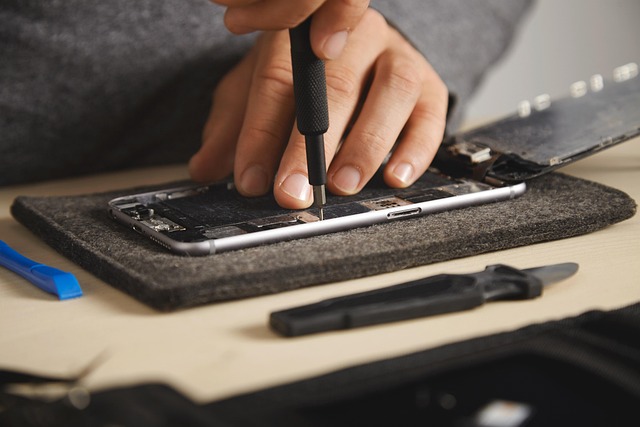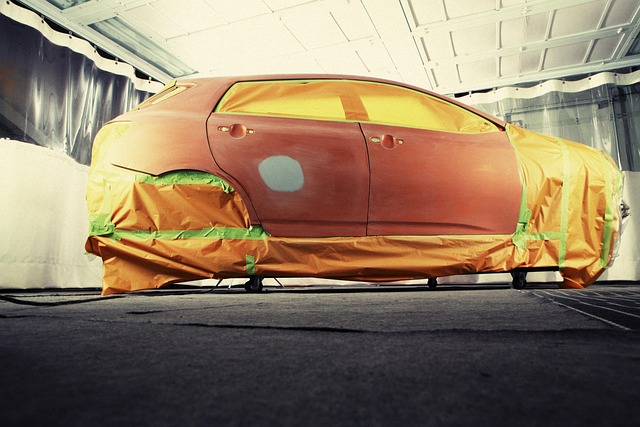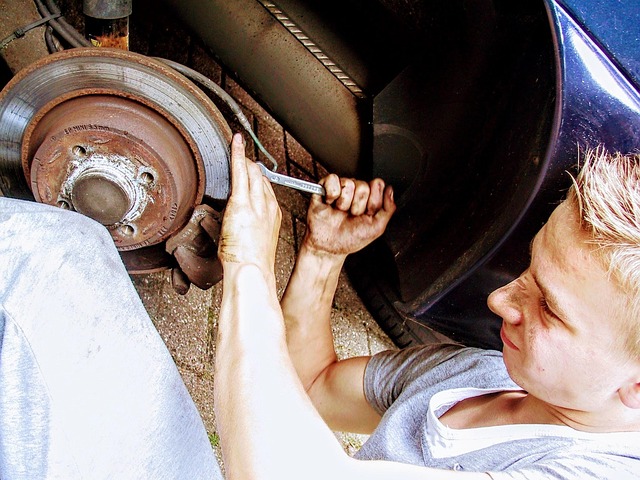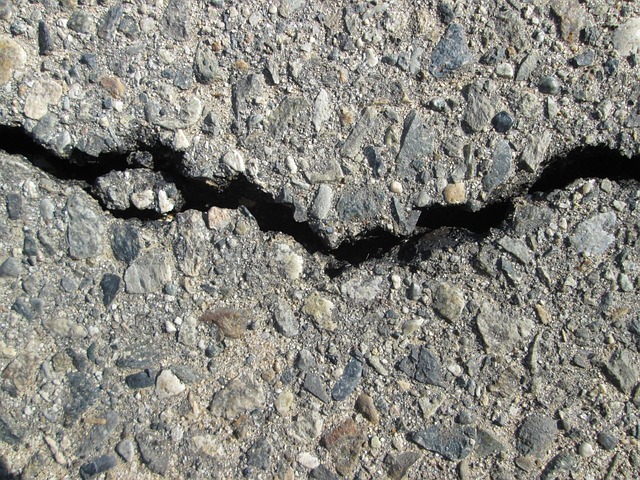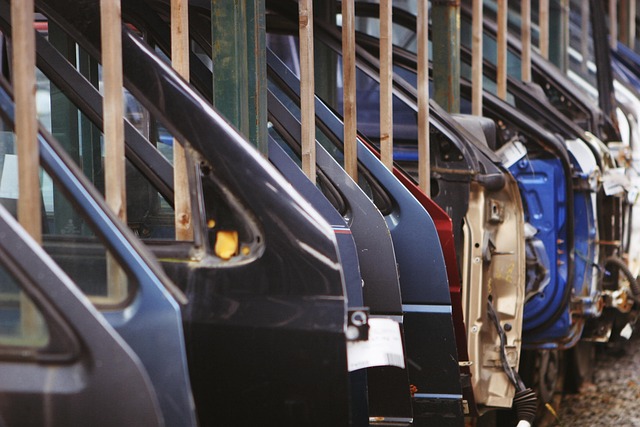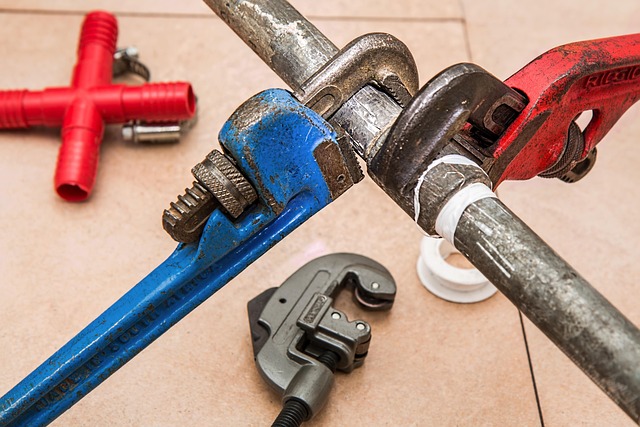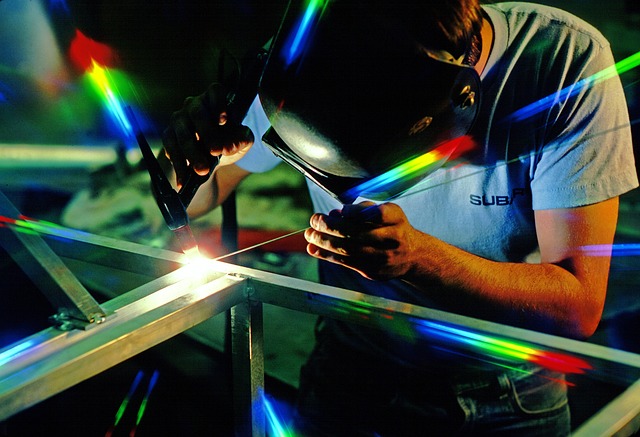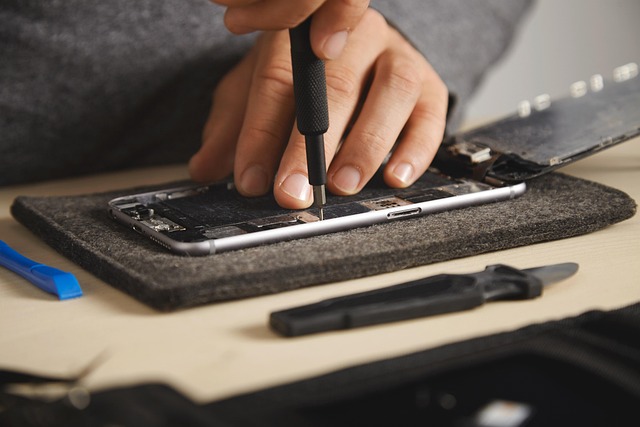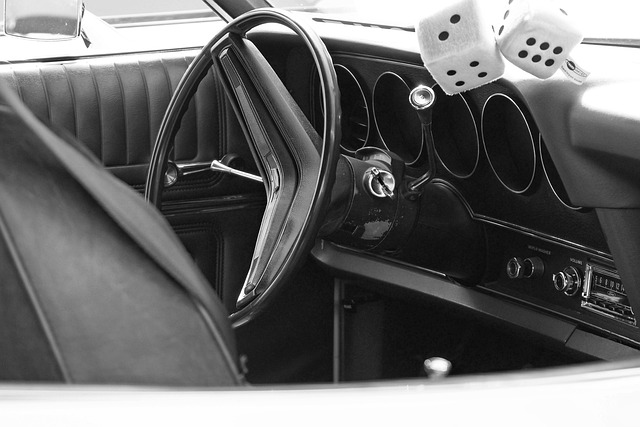Tesla home chargers, designed for seamless electric vehicle (EV) charging at home, are susceptible to damage in accidents. Skilled auto body repair technicians inspect and assess damage, ranging from minor dents to significant structural issues, requiring replacement. A thorough post-accident inspection is crucial for safe and efficient charging. Consulting a specialized shop offering Tesla-specific services ensures expert advice, repairs or replacements, and ongoing maintenance checks to optimize charging performance and prevent future problems, emphasizing the importance of "Tesla home charger after accident" care.
After a collision, one of the critical considerations for Tesla owners is assessing and replacing their home charger. Tesla home chargers play a vital role in efficient electric vehicle (EV) ownership, but accidents can cause damage that may require more than just a fix. This article delves into understanding the vulnerabilities of these devices and outlines the replacement process, emphasizing safety and efficiency post-accident for seamless EV charging at home.
- Understanding Tesla Home Chargers and Their Vulnerabilities
- What Happens When a Tesla Home Charger Is Damaged?
- Replacement Process: Steps to Ensure Safe and Efficient Charging Post-Accident
Understanding Tesla Home Chargers and Their Vulnerabilities

Tesla home chargers are designed to seamlessly integrate with your electric vehicle (EV), providing a convenient and efficient way to charge at home. However, like any component, they are not immune to damage, especially in the event of an accident. Understanding the vulnerabilities of these devices is crucial for EV owners to know what to expect and when replacement might be necessary.
One common issue with Tesla home chargers could arise from physical impact during a collision or accident. The charger’s electrical connections and internal components may sustain damage, requiring careful inspection. Auto body repair experts skilled in vehicle bodywork and frame straightening can assess the extent of the harm, ensuring both safety and optimal functionality when recharging your EV.
What Happens When a Tesla Home Charger Is Damaged?

When a Tesla home charger is damaged, whether due to an accident or other mishap, it can cause significant inconvenience for homeowners relying on their electric vehicle (EV) for daily transportation. The charger serves as the crucial link between your EV and your home’s electrical system, so any damage can lead to charging disruptions or even render the device unusable.
In the event of an accident, a thorough assessment is essential. Depending on the extent of the damage, replacement might be the most practical solution. While some minor dents or scrapes may be repairable through techniques like dent removal similar to those used in Mercedes Benz repairs, more severe alterations to the charger’s structure often necessitate a complete unit replacement. Restoring the car body to its pre-accident condition is paramount to ensuring safe and efficient charging for your Tesla.
Replacement Process: Steps to Ensure Safe and Efficient Charging Post-Accident
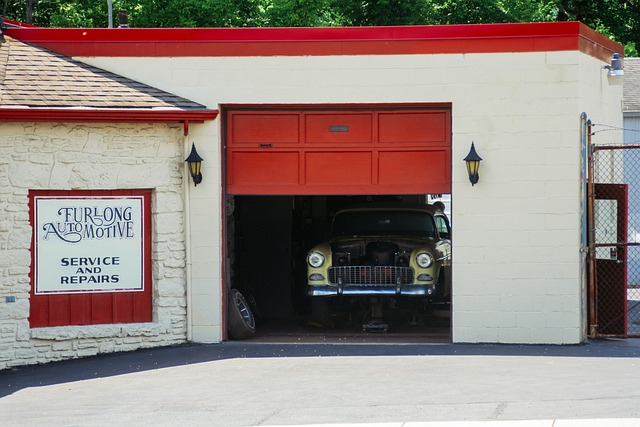
After an accident, your Tesla home charger may require replacement to ensure safe and efficient charging. The process typically begins with a thorough inspection to assess the extent of damage. If the charger is severely damaged or not functioning properly, it’s best to consult with a specialized auto repair shop that understands electric vehicle (EV) systems. They will evaluate the situation and provide recommendations for repairs or replacements.
To streamline the replacement process, start by contacting your insurance provider to discuss coverage for the charger damage. Many policies include coverage for car damage repair, including EV components. Once approved, work with a trusted auto repair shop that offers Tesla-specific services. They will order the necessary replacement parts and perform the installation while adhering to safety protocols. Regular maintenance checks after the replacement can help ensure optimal charging performance and prevent future issues.
After an accident, a damaged Tesla home charger may require replacement for safe and efficient charging. Understanding the vulnerabilities of these devices and knowing the replacement process are crucial steps in ensuring your electric vehicle’s longevity. Following the outlined steps ensures a seamless transition back to hassle-free charging post-accident, addressing potential safety concerns and maintaining the reliability of your Tesla ownership experience.
